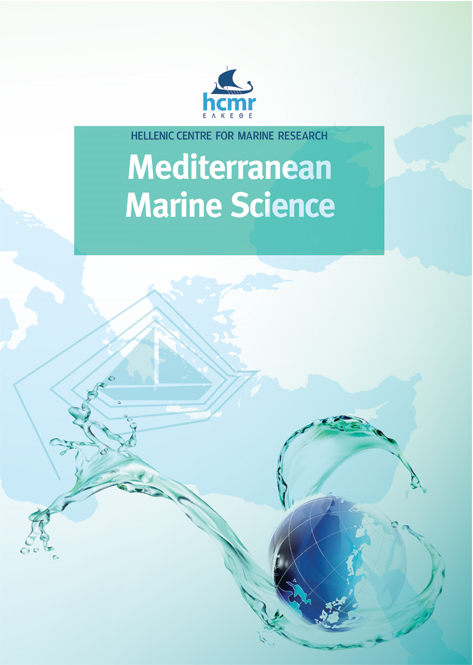First detection of Pinna nobilis infection by Haplosporidium pinnae in the sanctuary area of Thau lagoon, France
Abstract
The noble pen shell Pinna nobilis is an endemic and emblematic giant bivalve whose populations have been recently affected by a mass mortality event (MME), primarily due to the spread of the pathogen Haplosporidium pinnae. Since the beginning of the MME in Spain in 2016, nearly one hundred percent of monitored open sea water populations have been decimated around the Mediterranean Sea. The only refuge areas with living P. nobilis populations were found in coastal lagoons. Today, the Thau lagoon in France is home to a vitally important population of P. nobilis and was thought to be safe from the parasite. Here, we report the first molecular detection of H. pinnae (isolate PN1) in tissue samples of moribund individuals from Thau lagoon.
Article Details
- Come citare
-
FOULQUIE, M., COUPE, S., VICENTE, N., & BUNET, R. (2023). First detection of Pinna nobilis infection by Haplosporidium pinnae in the sanctuary area of Thau lagoon, France. Mediterranean Marine Science, 24(3), 569–573. https://doi.org/10.12681/mms.32300
- Fascicolo
- V. 24 N. 3 (2023): VOL 24, No 3 (2023)
- Sezione
- Short Communication
Authors who publish with this journal agree to the following terms:
- Authors retain copyright and grant the journal right of first publication with the work simultaneously licensed under a Creative Commons Attribution Non-Commercial License that allows others to share the work with an acknowledgement of the work's authorship and initial publication in this journal.
- Authors are able to enter into separate, additional contractual arrangements for the non-exclusive distribution of the journal's published version of the work (e.g. post it to an institutional repository or publish it in a book), with an acknowledgement of its initial publication in this journal.
- Authors are permitted and encouraged to post their work online (preferably in institutional repositories or on their website) prior to and during the submission process, as it can lead to productive exchanges, as well as earlier and greater citation of published work (See The Effect of Open Access).







